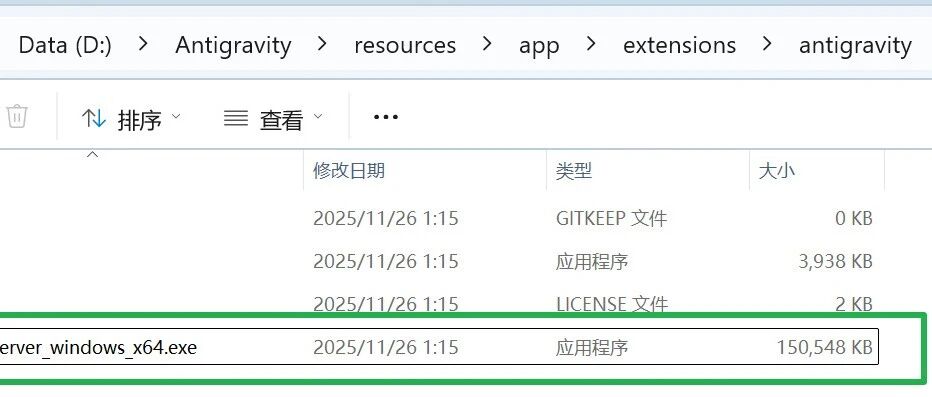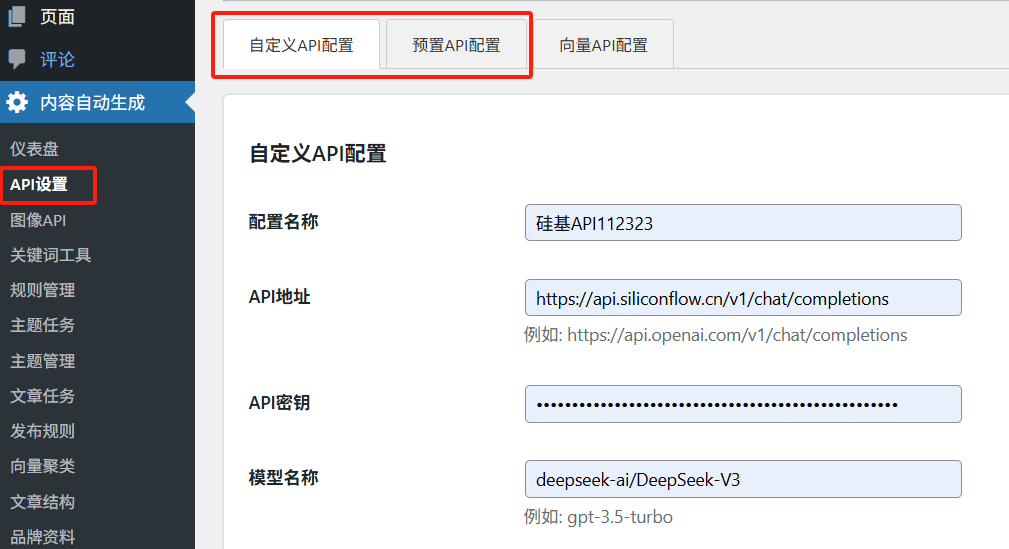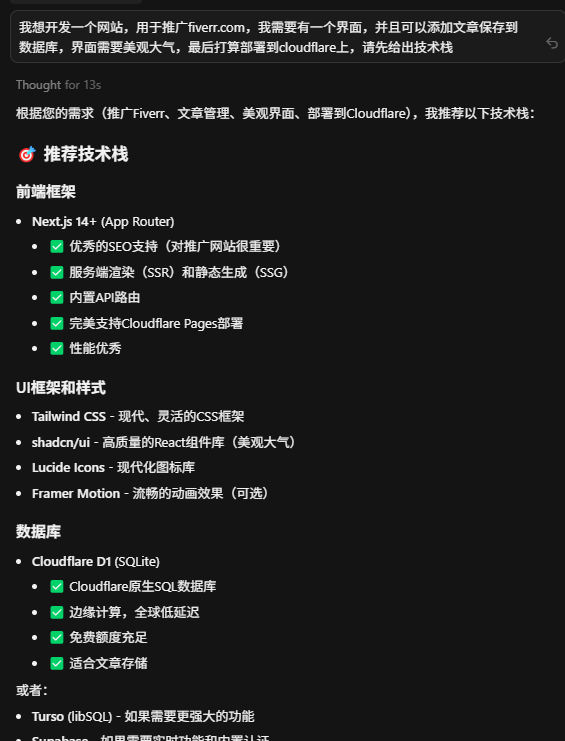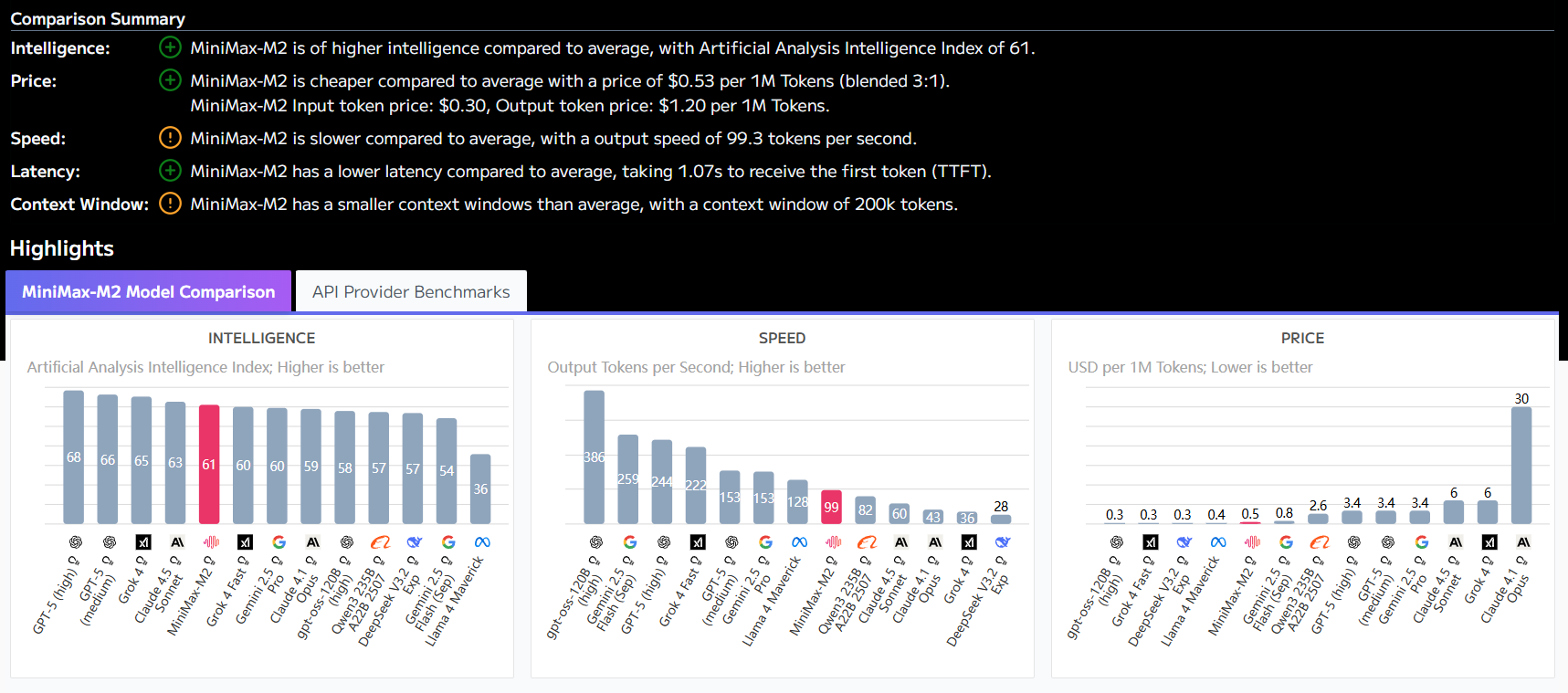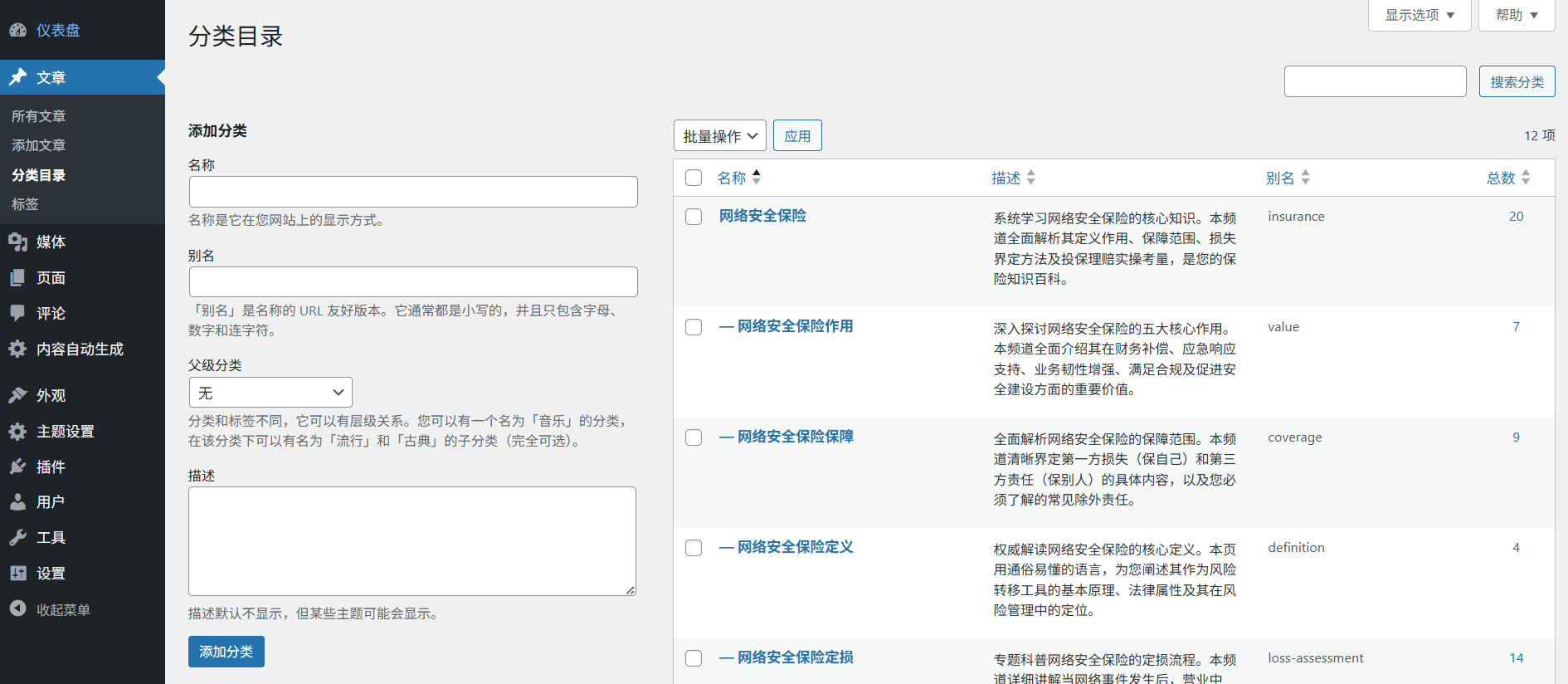Lightweight solutions for edge device deployment
For edge devices such as the Raspberry Pi, low-resource deployment can be achieved with the following scheme:
- Model quantification:Use PyTorch's torch.quantization to convert FP32 models to INT8 format, model size can be reduced by 4 times
- Tailoring Strategies:Reducing the input resolution from 416 x 416 to 320 x 320 reduces 351 TP3T calculations
- Alternatives:If the device does not support ViT, try rewriting the decoder to use a lightweight backbone such as MobileNetV3.
- Memory Optimization:Enabling PyTorch's checkpointing mechanism to selectively preserve intermediate results during forward propagation
Real-world data: on Jetson Xavier NX, the memory footprint of the quantized ViT-B model is reduced from 1.2GB to 380MB. further optimization with TensorRT is recommended, which can increase the frame rate from 3FPS to 8FPS. for very low-profile devices, consider processing only critical frames (2-3 frames per second) to balance the performance.
This answer comes from the articleGaze-LLE: A Target Prediction Tool for Character Gaze in VideoThe













